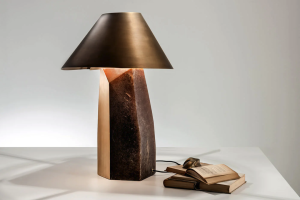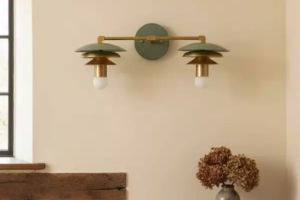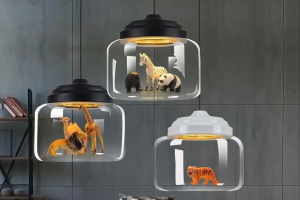Introduction
Lighting is one of the most important components of architecture, design and décor. It can enhance the overall ambiance of a space, create a particular mood, and even make a room look bigger or smaller. However, lighting can also be a major source of energy consumption, accounting for up to 30% of a building’s total energy use. That’s where remote-controlled LED lights come in, providing energy-efficient solutions that are not only cost-effective but also highly versatile.
The Benefits of Remote-Controlled LED Lights
Remote-controlled LED lights offer a range of benefits in terms of lighting control and energy efficiency. Some of the key benefits include:
Energy Efficiency
Remote-controlled LED lights are highly energy efficient, using up to 85% less energy compared to traditional incandescent lighting. They also last significantly longer, with a lifespan of up to 50,000 hours, compared to 1,200 hours for incandescent bulbs. This makes them not only cost-effective but also environmentally friendly.
Versatility
Remote-controlled LED lights offer a range of options for lighting control, including dimming, colour temperatures, and even intensity of light. This allows for greater versatility in terms of lighting design, as well as the ability to create different moods and settings in a space.
Convenience and Control
Remote-controlled LED lights offer the convenience of being able to control lighting settings from a single location, such as a remote control or mobile app. This makes it easier to change the lighting settings in a room without having to manually adjust each light. This is especially useful for larger spaces such as auditoriums, conference rooms, and event halls.
Applications of Remote-Controlled LED Lights
Remote-controlled LED lights have a range of applications in different settings, including:
Residential
Remote-controlled LED lights are useful in residential settings, where they can be used to set different lighting scenes and create ambience in different rooms. They can also be used to control lighting in specific areas, such as hallways, bedrooms, and living spaces.
Commercial
Remote-controlled LED lights are widely used in commercial settings, such as offices, conference rooms, and event halls. They offer a range of benefits, including energy efficiency, versatility, and convenience of control.
Industrial
Remote-controlled LED lights have a range of application in industrial settings, such as factories and warehouses, where they can be used to illuminate large areas and provide better visibility in low-light conditions.
Conclusion
Remote-controlled LED lights are a revolution in lighting design and control, offering a range of benefits in terms of energy efficiency, versatility and control. They have a range of applications in different settings, including residential, commercial, and industrial, and are a cost-effective and environmentally friendly solution to lighting control. With the growing demand for energy-efficient solutions, remote-controlled LED lights are sure to become even more popular in the years to come.



More Posts
Stunning Vintage Opaline Lights: Illuminating Homes with Timeless Elegance
Bringing Versatility to Light: Exploring the Benefits of Dual Light Technology
Shining Light on E14 Bulbs: The Ultimate Guide to Understanding and Using Them